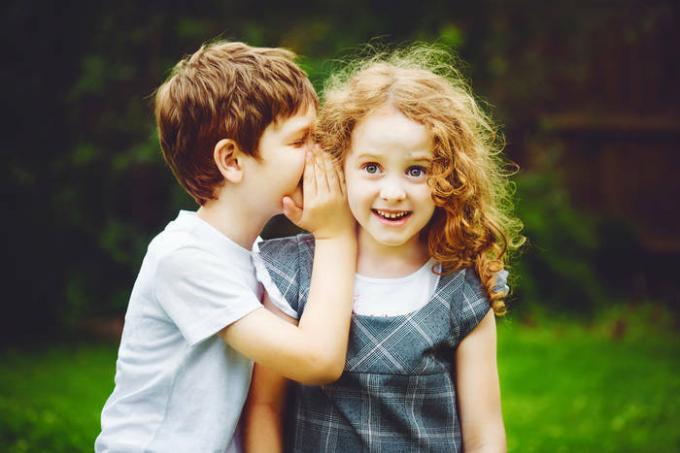What if the child on the playground does not find a company to play with? If communication with peers does not work out, do not get upset. Everything can be corrected!
Friendship features
Children have an amazing ability to quickly make friends, and quickly quarrel. They instantly join the game with an unfamiliar toddler, build beads together, and then leave the site without saying goodbye. Kids, although they want to communicate with each other, can forget about others, immersed in their world.

Do not limit your child in contact with children, encourage independence / istockphoto.com
Harmony within the family
It is no secret that the better a child has a relationship with his parents, the easier it is for him to find a common language with his peers. Do not overprotect the child, do not limit contact with children, encourage independence - this way you will strengthen his psychological readiness to communicate with peers.
By the way, mechanisms of mutual sympathy and antipathies often work in a team. Some are more attractive to their peers, and some are not. Some psychologists suggest that this selectivity is based on the ability of the in-demand children to satisfy the social needs of their peers as much as possible. And these are the factors that neither you nor the child can influence.
Meet me!
The first important skill is to learn to get acquainted. Play the situation at home using toys. "Hi, I'm Styopa the bunny, let's play together?" Explain what behaviors might be in other situations. For example, when a bunny and a bear want to play with the same typewriter. Change roles, look at the child, which line of behavior is closer to him. Correct, suggest options - role-playing games help a lot in this regard.

Try to get your toddler involved in a shared play on the playground / istockphoto.com
First appearance
Training on your favorite toys is important, but real communication with real toddlers can still go wrong. Try to get your toddler involved in a shared play on the playground. Show how to do this if you have difficulty. True, you will have to get into the sandbox and establish contact with the rest of the children, but what you cannot do for the sake of your child.
Battle for cars
Kids 3-4 years old successfully play together. But often they cannot share the toys, since they do not have enough experience to develop the plot necessary for joint activities. And here, too, you cannot do without a mother. But your job is not to decide who gets the doll. It is necessary to teach children to play together, where each child will have their own interesting role.
Useful Tips
- Let your baby talk to whoever he wants
- Provide the opportunity to act independently
- Teach your child to bring only those toys that he is willing to share to the site
- Spend quality time at home, have fun as if "on an equal footing"
- Learn to calmly express your own opinion, prove it, without hysterics
- Switch the child's attention in conflict situations
Also, remember that:
5 things moms lie to each other about in playgrounds



